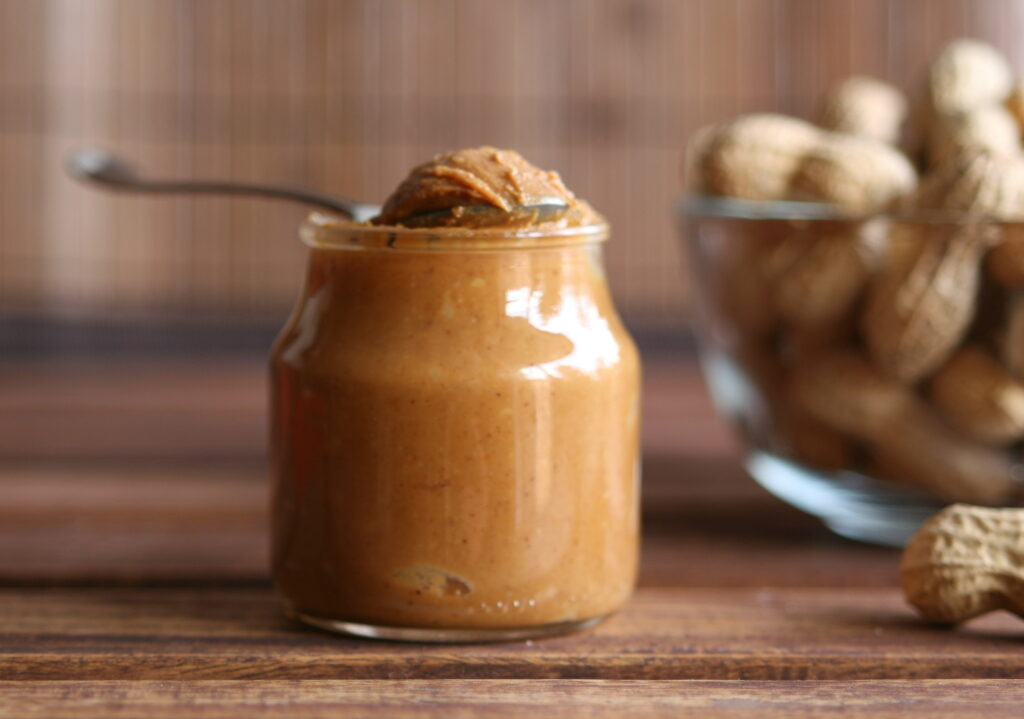When parents discover their child has a potentially life-threatening food allergy, they’re immediately faced with the hard task of figuring out how to protect their child’s health and development—especially when culprits like peanuts and nuts are seemingly everywhere and in everything.
Approximately 3 million people have tree nut and peanut allergies, a life-long allergy that typically develops in childhood, according to Food Allergy Research & Education (FARE). Additionally, a food allergy reaction sends someone to the emergency room every three minutes—that’s more than 200,000 emergency department visits per year. My son Lennox has been one of those people. Now 6 years old, he recalls each scare and hospitalization like it was yesterday: “Remember when Papa had to inject me, and we rode in the ambulance?”
While living in a bubble may seem like the safest option to protect your child, it’s unrealistic. There are some promising developments: Researchers recently presented an exciting skin patch for families who suffer with peanut allergies. But while we wait for a scientific miracle, there are some ways to keep your child safe as they navigate the world.
Know what you’re dealing with. It’s critical to understand the severity of food allergies, how a reaction presents itself, and what your emergency care plan for exposure will be when parenting or caring for a child with food allergies. We immediately see red flags if Lennox breaks out in hives, complains that his mouth is itchy, begins sneezing repeatedly with a runny nose, or vomits. Whether your child has a peanut allergy or another food allergy, symptoms can vary from person to person. Adequately educating yourself is crucial to protecting your child and your sanity.
Educate your support system and community. Educate all family members, babysitters, and adults in your child’s life about their food allergies and symptoms to watch out for. Teach them how to administer an epinephrine injection, which can help reverse severe symptoms like anaphylaxis.
Meet with your child’s daycare or school—including all teachers, nurses, and administrators—to communicate the severity of your child’s food allergies, how symptoms manifest, and the emergency plan for exposure. Provide an order from your pediatrician to ensure that multiple epinephrine injectors are onsite, and make sure that they’re legally able to administer an injection and can call 911 at the first sign of exposure.
Maintain a allergen-free home and environment. Whether your child has peanut and nut allergies or another type of food allergy, making sure your home and the places you frequent are safe is important. Avoid restaurants like Five Guys, which has peanuts in open boxes. If your child is visiting a friend or family member, or if they’re at a birthday party, pack safe snacks for them to enjoy. And remember: Even trace amounts can result in a reaction. For example, if a plain bagel is in the same display case as peanut butter cookies, there could be a risk of possible cross-contamination.
Read every label on food items. If there isn’t a label, don’t eat the food item. Even if a food is nut or peanut free, if it was made on equipment or in a facility that processes them, eating the item can result in a possible reaction.
Finally, reinforce to your child that they should not feel bad about their food allergies. We all have our quirks, and with attention, education, and care, living with food allergies is manageable.

















